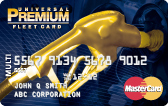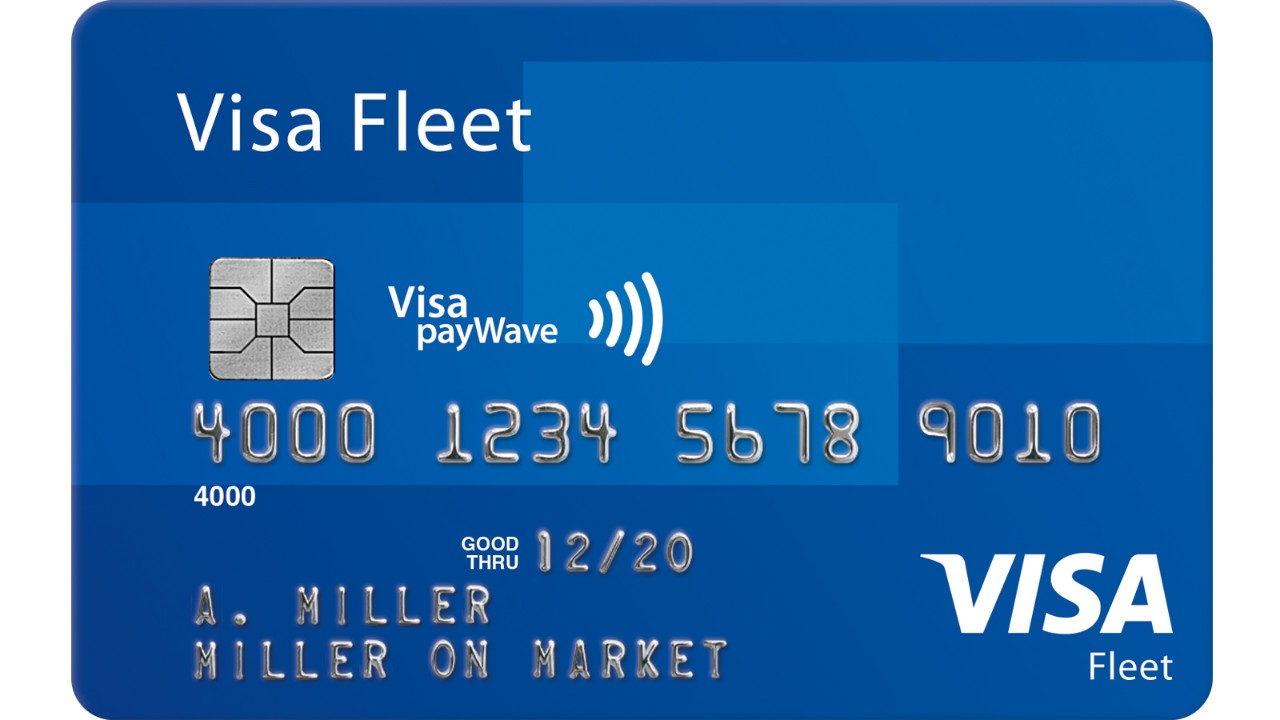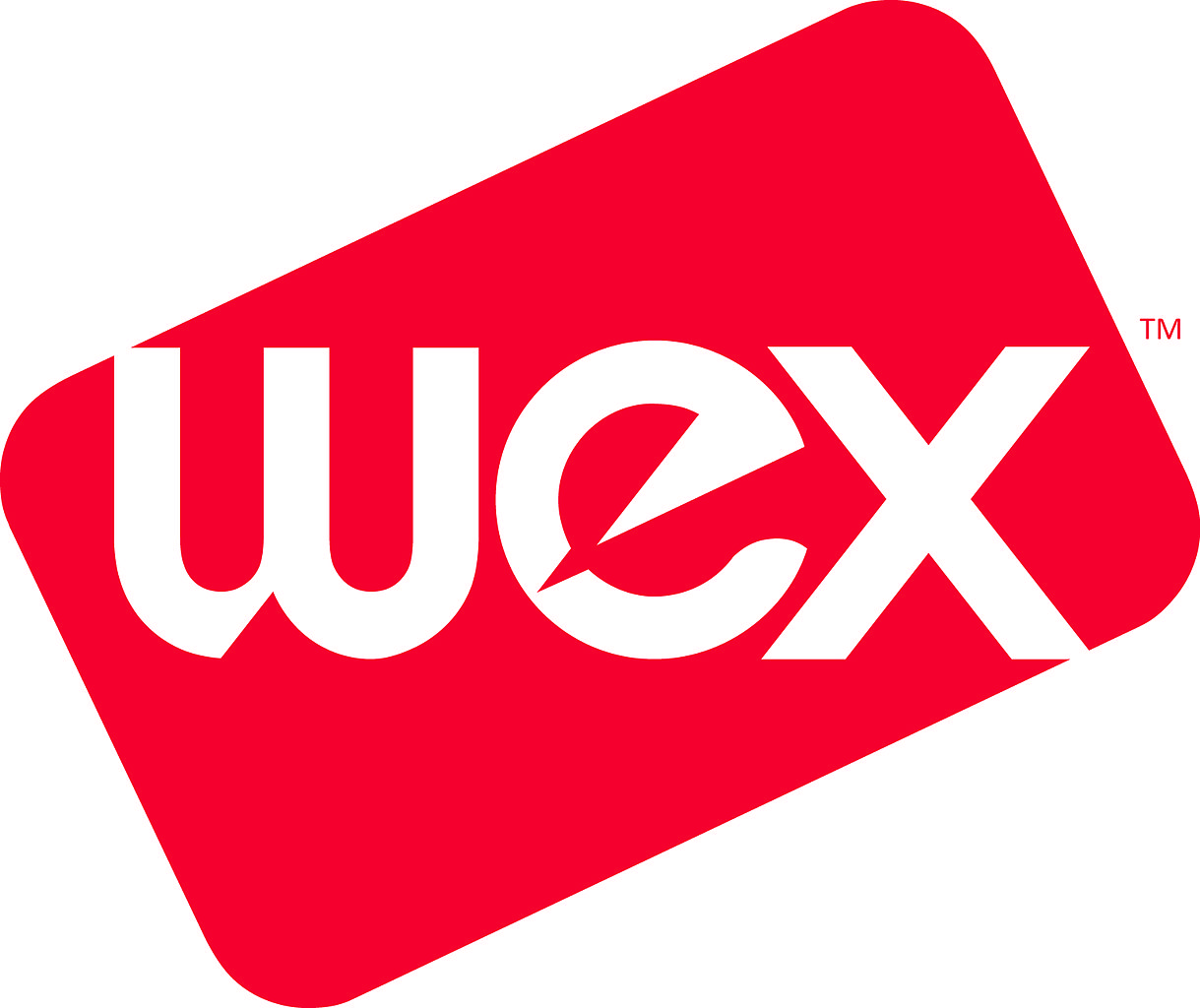Fleet cards go by a few different names. You may hear them called fuel cards, fleet cards, or a fleet-specific brand name, like Wright Express (Wex) or Voyager.
They’re all the same thing – a card used to purchase gasoline or diesel, as well as pay for tires, oil changes, car washes, or repairs on vehicles in a fleet. However, they all have different requirements and costs for acceptance.
As a gas station, tire center, repair shop, or other business owner with fleet customers, taking fleet cards is necessary, but so is making sure that you aren’t overpaying to process them. If you’re not familiar with Level 3 processing and enhanced data, you’re leaving money on the table every time you take a qualifying card.
Differences Between Fleet Cards and Commercial Credit Cards
Fleet cards differ from commercial credit cards in a few ways. On your side, as the business accepting a fleet card for services or products, the main difference to be aware of is that purchase options are limited. While cards will allow the user to purchase fuel, some cards offer the fleet owner the ability to limit transactions to specific types of fuel – for example, the card may only allow purchasing diesel, or cap the amounts. Some cards can be set to require the employee to enter mileage at the time of purchase.
Other purchases on a fleet card can be limited as well, restricted by amount, the number of transactions, days of the week, or even time of day that the card can be used.
Furthermore, fleet cards may or may not be affiliated with the credit card brands, which affects everything from the costs to accept them to the equipment that’s compatible with the cards.
On the customer side, fleet cards may provide a discount on gas and services or other rewards, and offer detailed reporting (some in real-time) so that owners or managers can track expenses easily and don’t need to rely on receipts turned in from employees. Reporting often shows purchases by driver or by vehicle in addition to showing the basics like total transactions, amounts, and more. This information is captured at the time of the sale.
Types of Fleet Cards
To make things a little more confusing, there are multiple types of fleet cards: universal, store branded, and fleet branded. While the term “fleet cards” is often used to refer to Wex and Voyager, Visa and Mastercard also offer fleet cards, as do specific brands.
Universal (Credit Card Branded or Co-Branded)
Fleet cards that bear the Visa or Mastercard logo can be used at any location where Visa or Mastercard are accepted.


This even applies to co-branded cards. For example, a BP Business Solutions Fuel Mastercard can be used at BP locations or at locations where Mastercard is accepted. By contrast, a BP fuel card that doesn’t bear the Mastercard logo is considered store branded and can only be used at BP locations.
Although co-branded cards can be used anywhere that credit cards are accepted, the secondary brand may offer discounts or other rewards to encourage customers to use the card at its locations. For example, BP may offer rewards on its Business Solutions Fuel Mastercard if the card is used at a BP station, but not offer the rewards if it’s used at a non-BP location.
Store Branded
Store branded cards that don’t have a credit card company partnership are only usable at the locations associated with the brand. For example, a Texaco fleet card can be used at Texaco locations. Store branded fleet cards are usually associated with large chains, such as Chevron and BP.
Fleet Branded
Wright Express (Wex) and Voyager are fleet-specific branded cards, meaning that they bear their own brand name. They aren’t as limited as store-branded cards, but aren’t as universal as fleet cards that are associated with Visa or Mastercard. Wright Express is backed by its own bank, while Voyager partners with US Bank.


Wex and Voyager can be used at any participating business, but both require extra set up beyond your regular credit card processing.
Benefits of Accepting Fleet Cards
As with most things in business, if you make it easier for customers, you’ll see more sales. Taking fleet cards can open up your business to a huge number of potential customers, ranging from local taxi drivers to long-haul truckers. Both private businesses and the government use fleet cards.
Costs to Take Fleet Cards
Now the meat of the matter – what it’s going to cost? Unfortunately, there’s no single answer to that question, as the total costs will vary depending on a number of factors. However, you can get an idea of the costs, depending on which type of fleet card you’re taking.
Costs to Accept Wex or Voyager
As fleet branded cards that are not associated with Visa or Mastercard, Wex and Voyager are not subject to the interchange tables used as the basis for Visa and Mastercard fees. Instead, you’ll be charged a percentage and may be assessed additional costs by your processor.
Wex and Voyager rates and fees start at around 3.25%, so they aren’t cheap to process. You’ll want to find a company that will charge you as close to cost as possible.
Costs to Accept Visa or Mastercard Fleet Cards
Fleet cards with the Visa or Mastercard logo are charged similarly to other cards, following the card brands’ interchange tables. The total cost will depend on your processor, the amount per transaction and number of transactions you take by credit card, what type of fleet card you’re taking, and more.
However, you can get an idea of the interchange rates you can expect to pay. The interchange rates can be thought of as the wholesale cost – they’re the minimum that a processor has to charge you just to break even on your account. But in some cases, like with universal fleet cards, there are ways to lower your cost at wholesale.
Related Article: Introduction to Credit Card Processing Rates and Fees.
Visa’s interchange table has a footnote in the commercial cards section stating that purchasing cards include fleet cards. The interchange rates range from 1.85% + 10 cents per transaction to 2.95% + 10 cents per transaction, as seen in the screenshot below.
While Mastercard’s public interchange table makes no mention of fleet cards, tables that aren’t publicly available and our own experience with the charges both show that Mastercard prices fleet cards according to commercial card rates as well.
We see from Visa’s table that if you take a fleet card, it will be charged according to purchasing card rates. But within the category of purchasing cards are several different possible rates. Given the range of pricing there, it’s important to know how to qualify for the lowest rates on as many of your transactions as possible. That’s where Level 3 enhanced data comes in.
Level 3 Data
If you’re not familiar with processing costs for business-to-business transactions, be sure to read our guide to B2B Transactions: Level 2 and Level 3 Enhanced Data before proceeding to this section.
Fleet cards are a common business-to-business (B2B) transaction, and you’ve probably been told that they’re expensive to process. However, there are steps you can take to qualify for lower pricing, even on universal fleet cards. What you’ll need to do is work with your processor to provide Level 3 enhanced data when you take a fleet card at your business.
As you can see in the Visa screenshot above, the category “Commercial Level III” lists a rate of 1.85% + 10 cents per transaction. That means that if you accept a fleet card that qualifies for “Commercial Level III” you’ll pay 1.85% + 10 cents at the wholesale level. Since that’s the lowest rate of the purchasing card categories, that’s the goal.
Achieving “Commercial Level III” is possible when you comply with requirements for that level, which includes providing more information about the fleet card transaction than with a typical consumer transaction. Level 3 data may include odometer readings, vehicle or driver ID numbers, and more. Level 3 data is also important for government purchases, as tax-exempt numbers and other details can be captured. Fleet card transactions will also need to include the data from Level 2, such as fuel grade, cost per gallon, sales tax, and other details.
It sounds like a lot of work, but it can be a quick process if you get set up correctly with a payment processor familiar with enhanced data, and use the right equipment.
Providing Level 3 Data: Equipment for Fleet Cards
Fleet cards require using equipment that can support enhanced data. For accepting Wex and Voyager, your payment processor will need to install a specific application on your terminal. As of December 2016, the primary terminals that support Wex and Voyager are:
The two FD machines will only work on First Data platforms, meaning you’ll need a merchant account with either First Data or one of its resellers. The Verifone machine is universal, and can be used with many different processors.
Pay at the Pump
Most pay-at-the-pump systems only work on what’s called the BuyPass platform, in the First Data network. Specialized gas station systems are certified for use with BuyPass, including Verifone’s Ruby line and Gilbarco Passport. Implementing pay-at-the-pump technology for a new gas station or transferring services when purchasing an existing gas station requires assessing your individual needs, and working with a processor that can support pay-at-the-pump. If you need more information, you can input your business info here and contact us for assistance.
Skimming and Security
Although the EMV chip card protocol was mandated at regular cash registers back in October 2015, it’s not expected to hit gas pumps until October 1, 2020. This is because of the major expense of replacing the technology at the pump, which often involves ripping the old pumps out of the concrete to replace them. There are approximately 150,000 retail fueling sites, many of which have 10 or more pumps to replace – overhauling them is a massive process that’s taken longer than expected.
The delay has caused an increase in magnetic stripe skimmers at these unmanned payment terminals. WEX Inc. reported in July that fraud losses in the second quarter of 2017 were $16.1 million, an increase of nearly $10 million from Q2 2016. In the third quarter, credit losses hit $19.6 million, as the company implemented a new algorithm to help stave off fraud increases.
Not only is the company looking at fraud, but its empowering its fleet customers to do it themselves too. WEX ClearView is a web-based data analytics platform that collects and organizes detailed data on fuel card spending. A comprehensive visual dashboard lets you track, analyze, and forecast expenses by driver, KPIs, and more, making it easy to identify trends, habits, and purchase anomalies. Exceptions are even color-coded to make them easier to prioritize.
In addition, the company stated its working to tighten daily transaction and purchase limits, blocking sites with high levels of fraudulent activity, and actively working with law enforcement on prosecuting criminal activities.
It’s not a perfect system for combatting fraud yet, but executives at the company are constantly refining it to ensure continuous improvement. WEX CFO Roberto Simon pointed out in a recent conference call that fraud expenses for September and October were already down 60% from their peak over the summer. As more data is collected and trends identified, he expects losses to decrease even further.
Finding a Payment Processor for Fleet Card Acceptance
Fortunately, many processors can get you set up to accept Voyager and Wex cards or the general Mastercard and Visa fleet cards. In the case of Wex and Voyager, the key is to find a processor that charges you as close to cost as possible.
For Mastercard and Visa, work with a processor who can help you qualify for Level 3 enhanced data rates so that you can actually lower the cost at the wholesale level. That means finding a processor who is familiar with B2B transactions.
You can do it yourself by researching processors, calling for quotes, and constantly monitoring your monthly statements, or you can use a credit card processor comparison service like CardFellow to get instant quotes and free statement monitoring.
Funding Time for Fleet Cards
When you take fleet cards, the funding time depends on the type of card and the processor. Visa and Mastercard fleet payments will follow the same funding schedule as other payments, but Wex and Voyager may or may not be included with your credit card branded deposits. Funding time for Wex and Voyager depends on full acquiring status, and can be discussed with your processor.
Conclusion
There are two options when it comes to taking fleet cards – you could choose to only accept Mastercard and Visa fleet cards and work with your processor to secure lower costs by providing all the required Level 3 enhanced data, or you can expand payment options to include Voyager and Wex acceptance.
Since Voyager and Wex are not affiliated with the major credit card companies, you’ll need to set up special applications within compatible equipment. You should expect higher fees to take the cards, since the base costs that your processor has to pay are higher than they are for Visa and Mastercard fleet cards. However, if your customers seek out Wex or Voyager-accepting businesses, the higher costs could be well worth it to help you secure additional business.
Ready to see pricing for your specific business? Get started.



